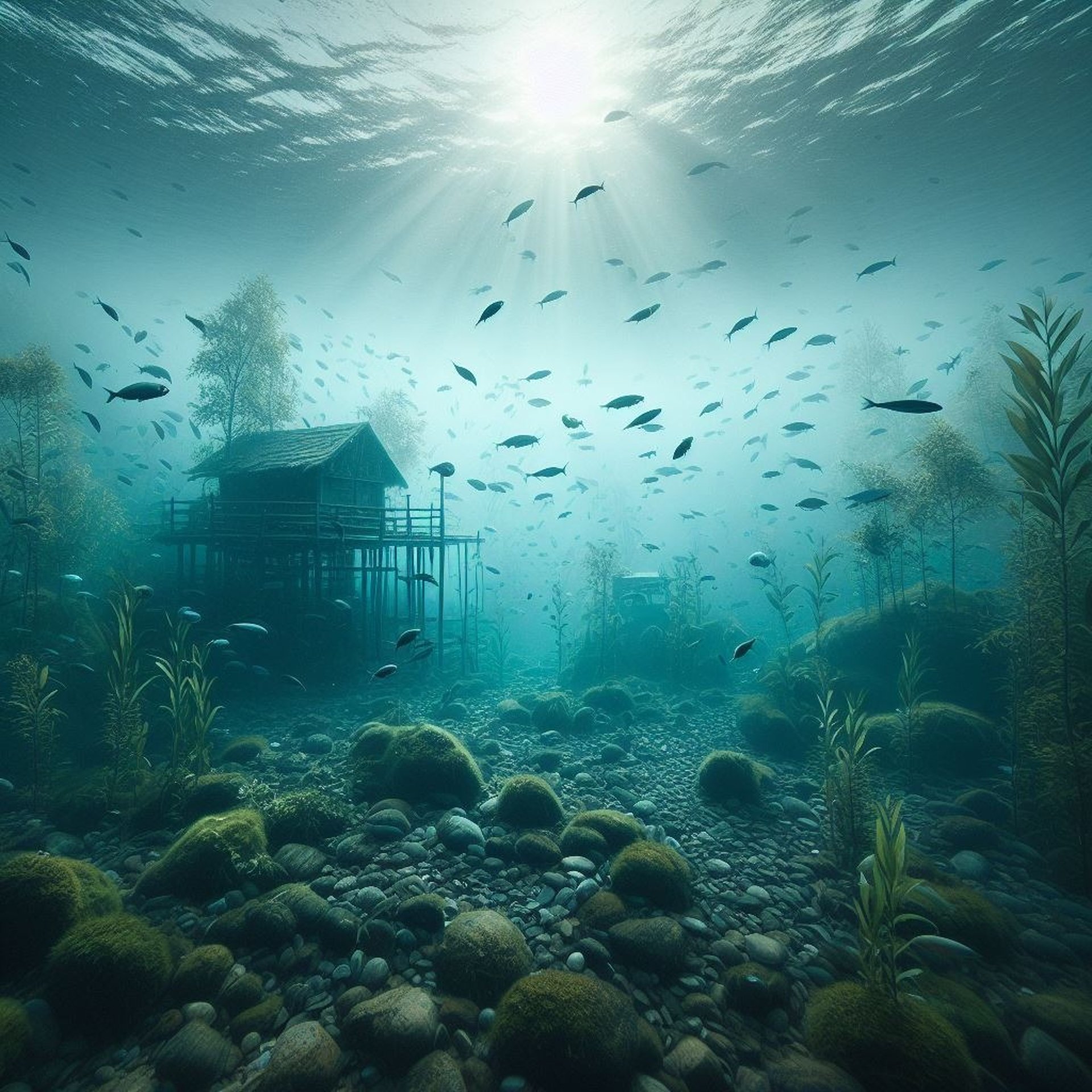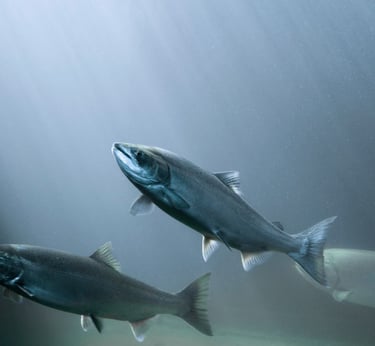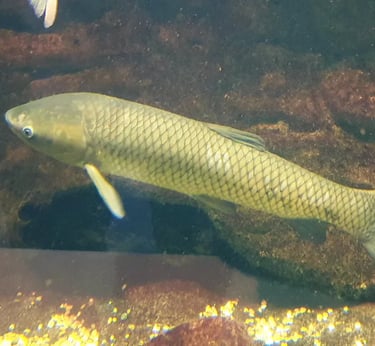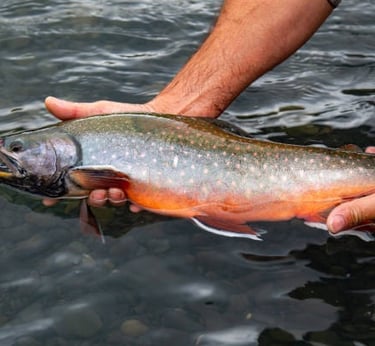
Finfish
Salmon,Trout, Char, Cod, Carp, this list is growing!
Fish farming: Also known as pisciculture, involves the commercial breeding of fish, typically for food production, in controlled environments such as fish tanks, artificial ponds and floating pens containing nets for containment. This practice is a form of aquaculture, which includes the cultivation and harvesting of aquatic animals in both natural and artificial settings.
Water Quality: Fish farming operations require optimal water parameters to ensure the health and productivity of the fish. For example, cold-water fish need at least 6 mg/L of oxygen, while warm-water fish require a minimum of 4 mg/L.
Species: Some of the most commonly farmed species include carp, catfish, salmon, and tilapia. These operations can help supplement natural fish stocks, which have been significantly depleted due to overfishing in wild fisheries.
Potential: Finfish farming is a significant industry that utilises technological advancements while supporting sustainable practices to meet world demand for fish protein.
Finfish farming involves raising many various fish species in controlled aquatic environments and offers the potential for sustainable food production utilising advancements in technology and management practices.
Food Conversion Ratio (FCR): Finfish farming methods, both land-based and ocean-based, have different food conversion efficiencies compared to land animal farming. In aquaculture, finfish generally convert feed to muscle more efficiently than land animals due to their lower energy expenditure and higher fertility.

The information on this website is for general informational purposes only. Fishfarmsolutions.com makes no representation or warranty, express or implied. Your use of the site is solely at your own risk. This site contains links to third party content, which we do not warrant, endorse, or assume liability for.





